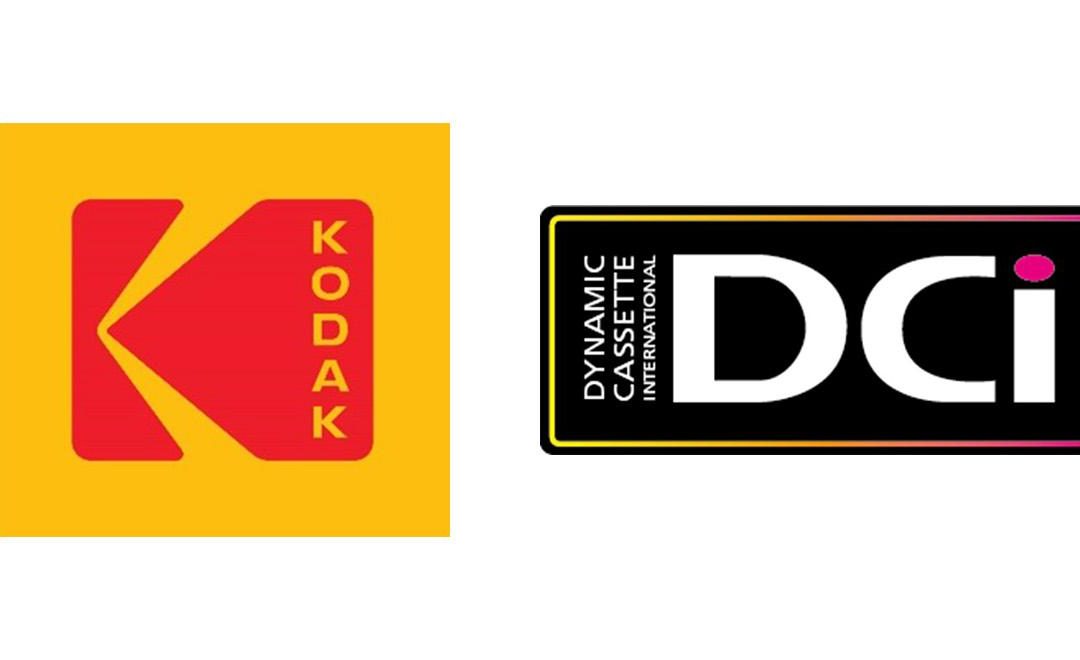 A new project funded by the US Department of Energy is hoping to develop smarter buildings, and cleaner air within them.
A new project funded by the US Department of Energy is hoping to develop smarter buildings, and cleaner air within them.
Xerox subsidiary Parc, a provider of custom R&D, was selected for funding by the DOE’s Office of Energy Efficiency and Renewable Energy’s Building Technologies Office, in order to develop low-cost CO2 sensors. It is hoped that these sensors will improve the indoor air quality, and the overall energy efficiency of the buildings.
The BTO has invested $15.8 million (€13.6 million) into 13 projects that will “drive innovation in early-stage R&D for advanced building technologies and systems that will serve as a foundation for future technological developments and reductions in building energy consumption”, according to Smart Cities World.
Parc will produce a printer sorbent capable of measuring CO2 via physical adsorption – the adhesion of a gas on the surface of a solid, in which it forms a thin film. As a result of the adsorption, the sensor will heat up, allowing Parc to measure the heat to determine CO2 levels. The aim is to develop a low-cost sensor with 50ppm sensitivity.
Dr. Clinton Smith, one of Parc’s lead researchers, explained: “Prominent studies have shown that high levels of CO2 lower our efficacy in decision-making and in our ability to concentrate. We aim to create a technology which will enable per-room level measurement of CO2 concentration. This will allow building managers finer grained control of their HVAC system for more energy efficiency, and it will also help to promote healthy indoor air quality.”
It is thought that the average concentration of C02 in the atmosphere is 400 ppm, with some indoor concentrations reaching over 1500 ppm, which contravene America’s national regulations requiring indoor levels to be sub-1,100 ppm. Smart Cities Media opines that “currently, there is no cost-effective means of measuring indoor CO2 levels and buildings are over-ventilated, wasting substantial amounts of energy.”
It adds that “low-cost CO2 sensors will be significant in helping reduce levels and manage building efficiency.”









